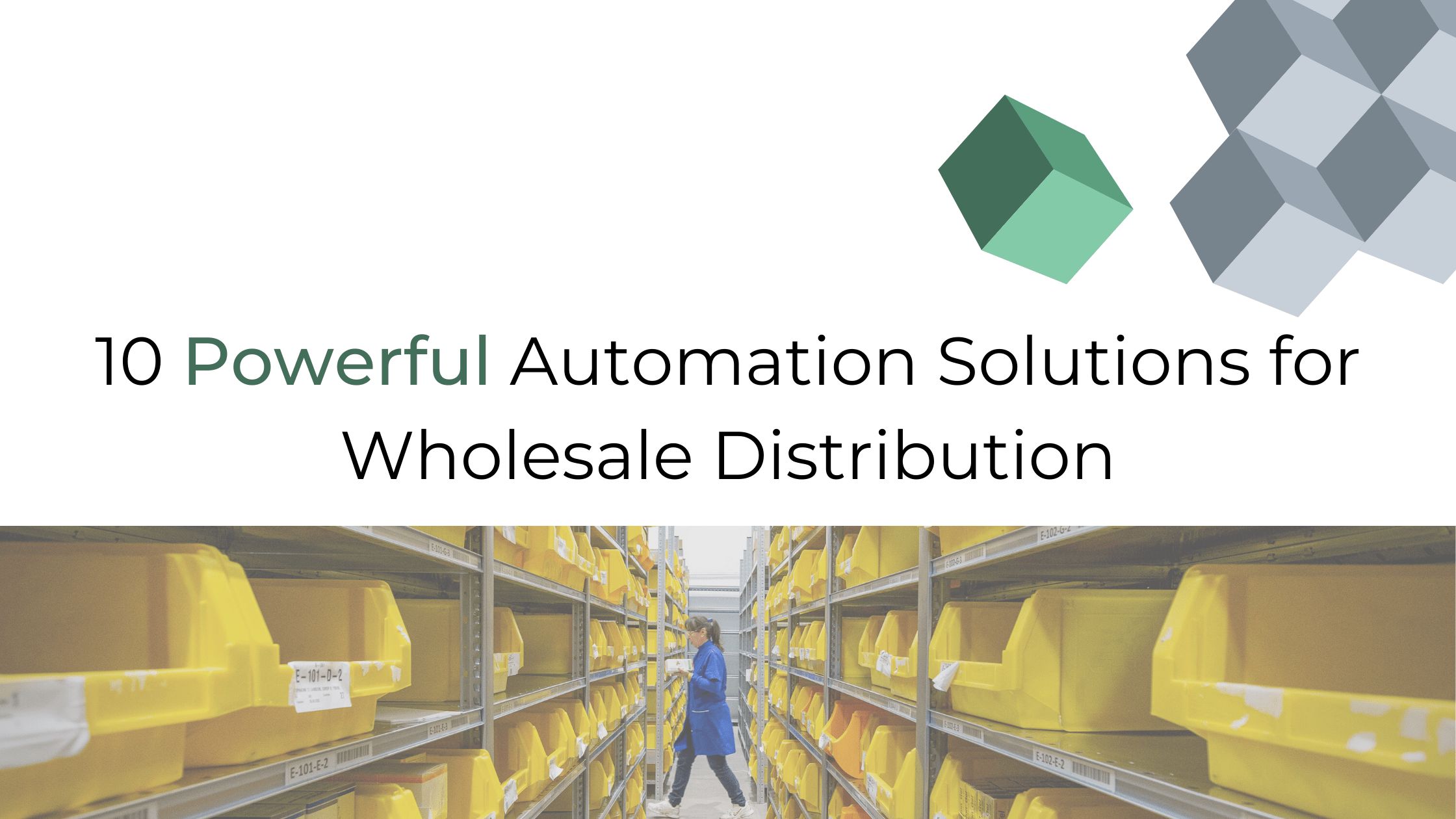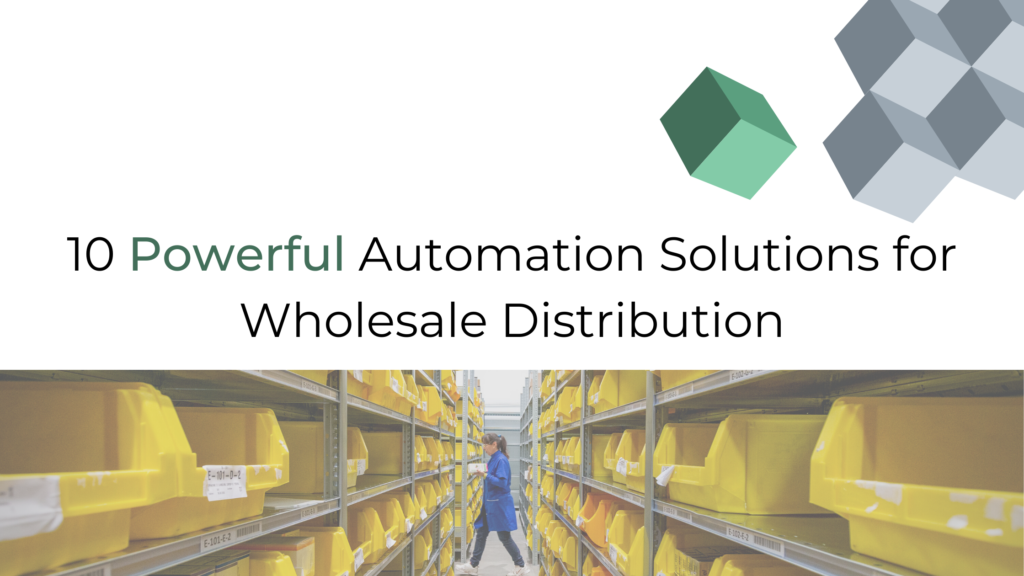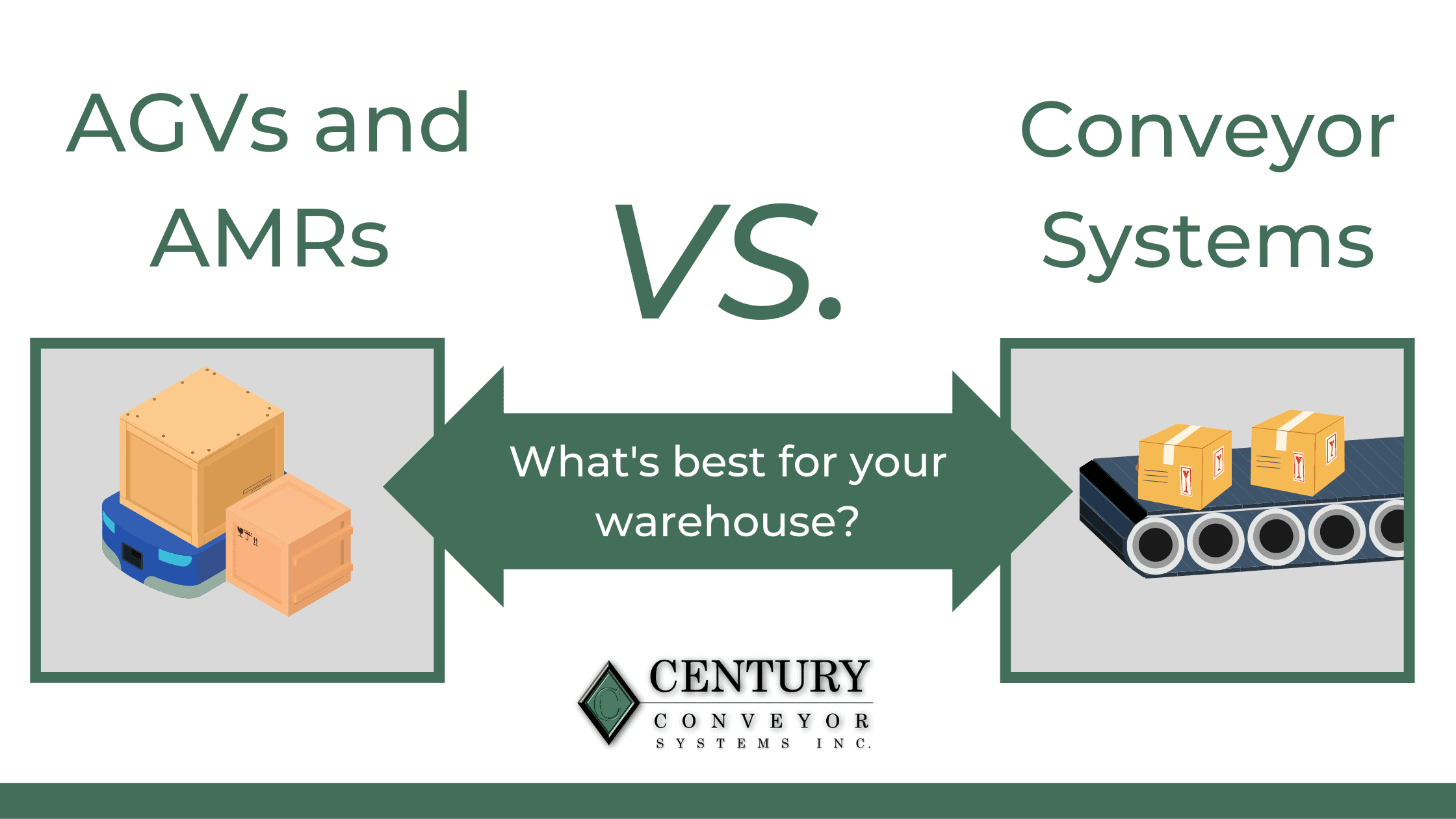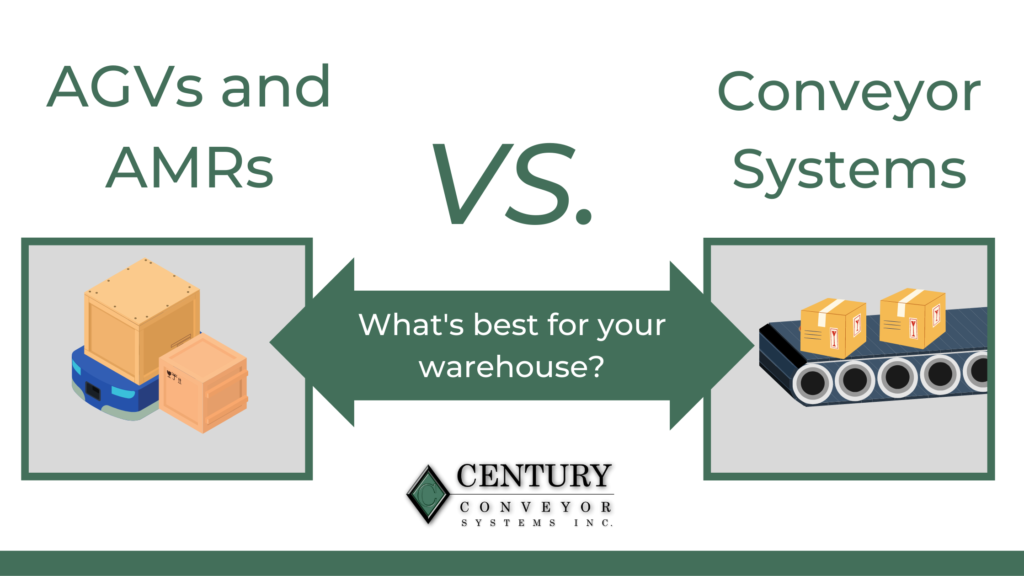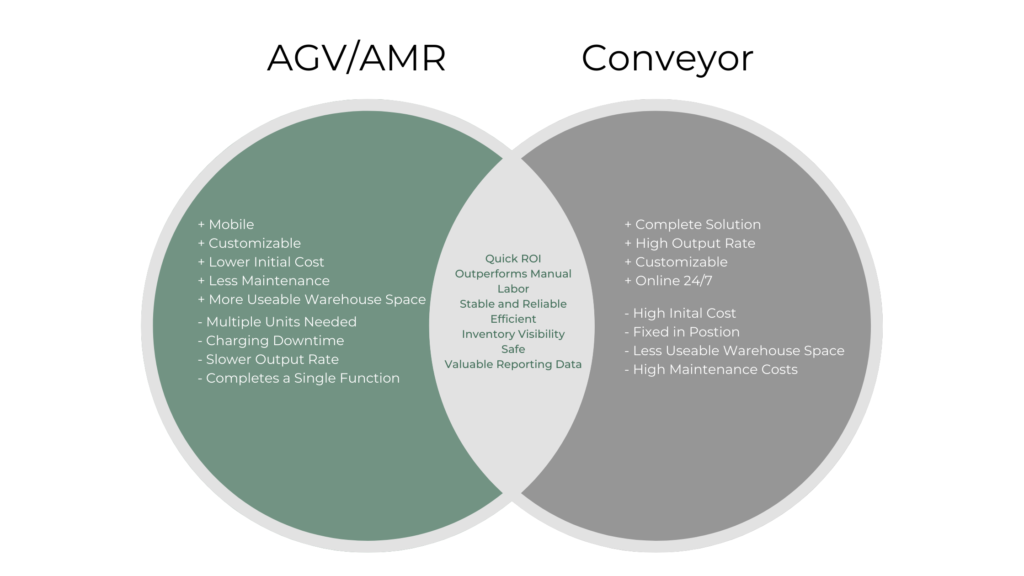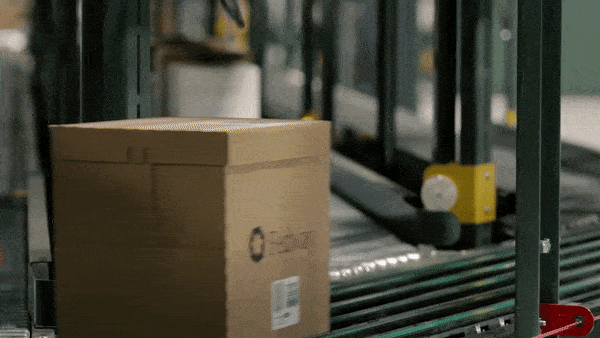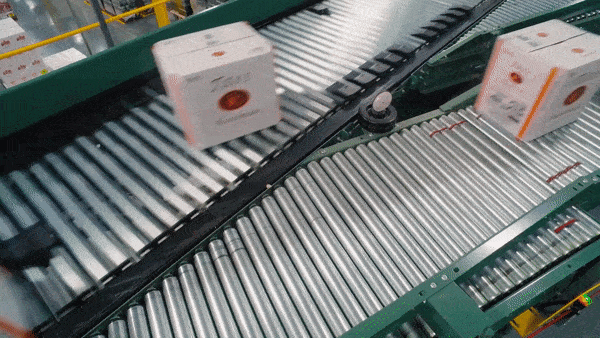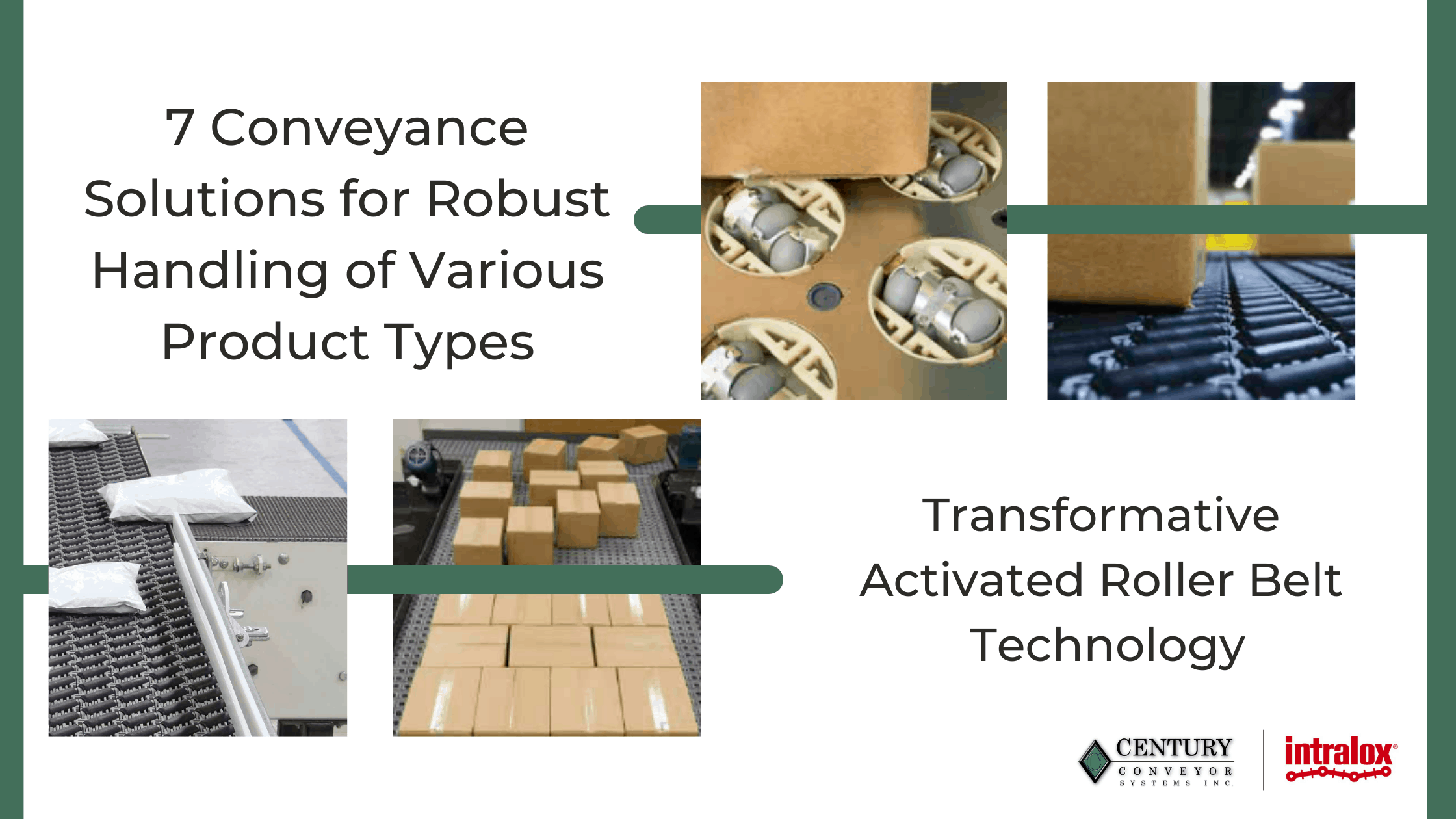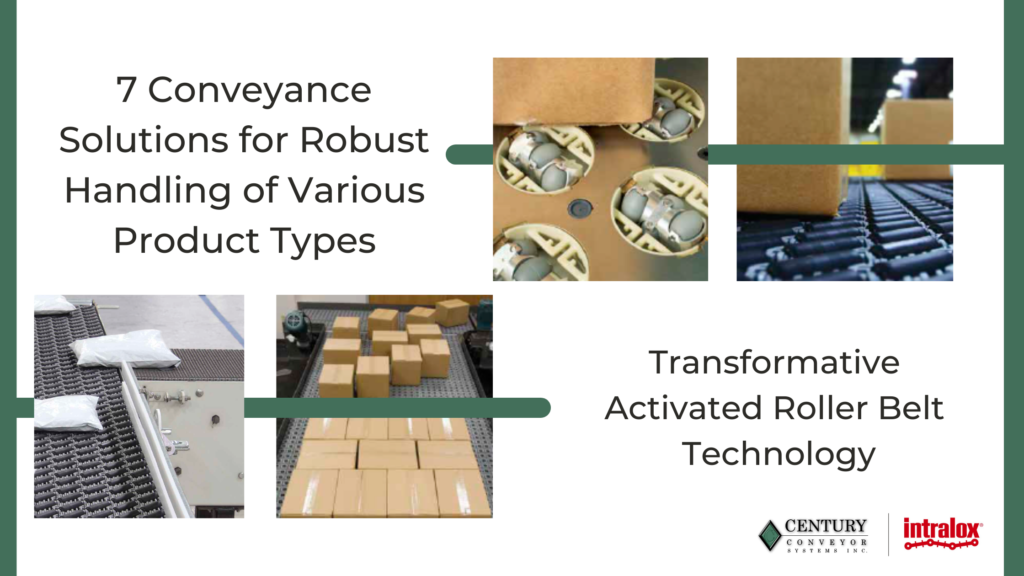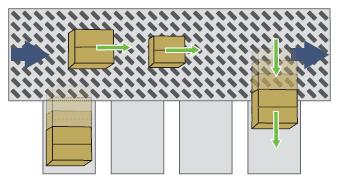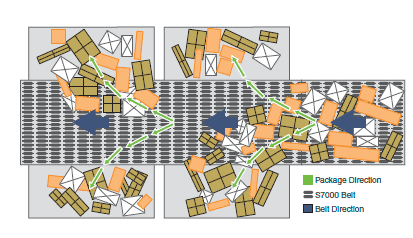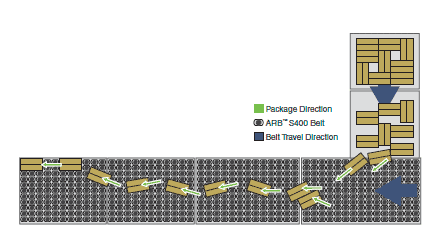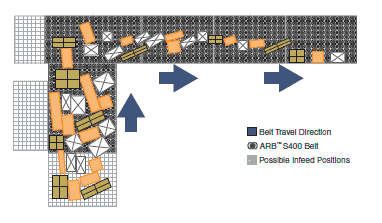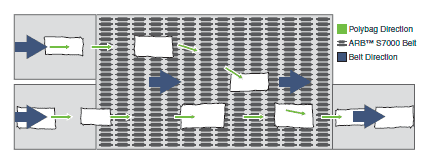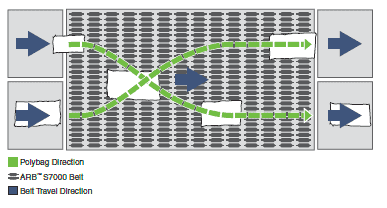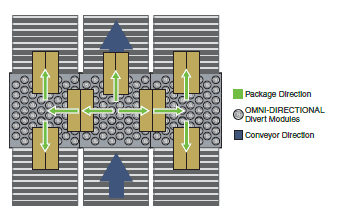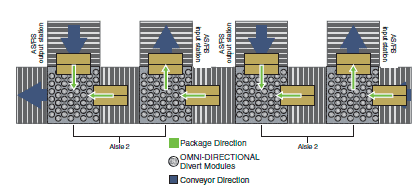
2021 has proved to be a year of unforgiving supply chain challenges. From shortages in raw materials and important electronic components to understaffed operations and demand congestion. What trends in warehouse automation have been developed to avoid supply chain disturbances in 2022?
If there has ever been a time to consider warehouse automation, it would be now. Many DCs and warehouses have experienced an increase in demand, whether it be for products, or in clients. Adversely, the required labor needed to accommodate has subsequently dried up. Positions have gone months unfilled, leaving warehouses to turn to higher incentives for applicants or forms of automation that would eliminate the need for such positions. A growing trend among warehouse staffing is to maximize productivity by equipping employees with technology, and the knowledge to utilize them.

1. Co-op automation
Voice-to-pick
Humans and machines working together, and not as counterparts, can eke the most efficiency out of warehouse operations. Voice-to-pick solutions, when combined with a robotic pick module, benefits when a human operator can continually pack orders, and use voice commands to operate a pick solution for the next order.
Wearables
Employees can be equipped with a plethora of devices to boost accuracy and productivity. Tablets running WMS software can be outfitted with wrist or armbands, so employees can always have both hands free. Enabling on-the-go access to inventory and order information keeps operators on-task, instead of having to access a static terminal.
2. Developments in warehouse automation technology
As new technology becomes more developed and available, so does the functionality of specialized solutions. Every warehouse is different, which means unique material handling challenges are posed for solutions provides to tackle. A few automation systems that have seen continued usage and advancements in 2021, and are expected to be major focuses in 2022 include:
- 5G connectivity adaption
- Warehouse distribution drones
- Climbable pick robots
- WMS automation integration platforms
- Micro-fulfillment
- Advances in machine vision
- Electric standard (UL and ISO) revisions

Century is constantly keeping up with new trends and technology, all in an effort to engineer the absolute best in efficiency systems for our clients. Our firsthand experience of the stressors has provided us with the insights to recommend scalable and dynamic warehouse solutions. 2021 has been unkind to all facets of the supply chain, and new warehouse technology and processes are in place to make sure there’s not a repeat in 2022. Get in touch with one of our automation experts and re-engineer the efficiency of your warehouse.
3. A focus on domestic supply chain partners
Supply chain turmoil, while affecting all involved, greatly disrupted those using overseas resources. Port congestion, expensive container prices, sky-high shipping fees, and the Delta variant have strangled international lines. In response, companies are searching closer to home for materials and services, avoiding such headaches in the future.
While outsourced partners may be cheaper up-front, eliminating loss and inefficiencies associated with overseas supply chains may prove fruitful after an extended period of using a domestic partner. 2022 will show how many companies decide to make the flip.
4. ScaaS (supply-chain as a service)
While not an entirely new idea for 2021, the expectation is that 2022 will see more users of SCaaS platforms. Essentially, SCaaS follows the footsteps of SaaS (software-as-a-service) by offering users supply chain functions through an external company. While full-service third-party logistics companies exist, SCaaS solutions strive to provide services for every step, from sourcing, manufacturing, transportation, procurement, reporting, and more.
With more and more companies strapped for staffing and adequate resources, enrolling in a tailored SCaaS platform can alleviate some of those operational pressures. Warehouse flexibility should be a key implementation goal as the new year inches closer.
5. DTC eCommerce disruptors
The explosive and continued growth of eCommerce continues to lead companies to invest in online shopping. For example, Shopify, a leading eCommerce platform grew 110% YOY in the first quarter of 2021, achieving a total revenue of $988.6 million. Industries that typically see a majority of sales via traditional brick-and-mortar channels have dipped their toe into direct-to-consumer sales, such as the alcohol industry, with companies like Drizly experiencing significant demand for home-delivery services. This boom has turned many eyes to new customer behaviors, and 2022 will see many larger organizations adopting DTC eCommerce warehouse automation systems as an additional revenue source.
In summary, the major focus for 2022 is FLEXIBILITY. Ensuring operations can scale quickly due to outside stressors like demand increases and staff shortages is the next step in continuous company improvement. 2021 was the year of reactivity, a learning lesson that hit hard and continues to sting. 2022 will be the year of proactivity- building up resources to avoid losses, establishing high-performing automation, and closely adapting to target consumer behaviors will separate the organizations that will thrive, from the ones that will remain stagnant or even worse, fail.






